“Mild” Adultery at the Conbini (Japanese Convenience Store)
How a convenience store coffee taught me more about Japan than ascetic yamabushi training in the mountains ever did.
“Mild” Adultery at the Conbini (Japanese Convenience Store)
I’ve lived in Japan for 15 years.
I can purify you before entering the mountains, hike said mountains in full yamabushi gear, and still have enough energy to recite a seven-and-a-half-minute shinto prayer word for word.
But on Tuesday morning, I was defeated by
a single Japanese word.
Even beginners can tell you foreign loan words in Japanese are easy, you just add an extra vowel.
Seriously.
Beer → Beer-u. Salad → Salad-a. Ice cream → Ice-u cream-u, (or just ‘ice’. True story).
These will actually work.
Which is exactly why you should never get too comfortable. Every so often you’ll find an English loanword that’s waiting to trip you up.
These gairaigo, literally ‘words that come from outside’, sound like safe words for English speakers. However, the Japanese are crafty people, and their language even more so.
Sometimes words aren’t just borrowed,
they’re obliterated.
Case in point:
Mansion → manshon, which in English we would call an apartment or a condominium
Limousine → rimojīn basu, which in English we would call a bus that takes you from the airport into town.
Sand → Sando, which in Japanese means ‘something sandwiched', from the English Sandwich
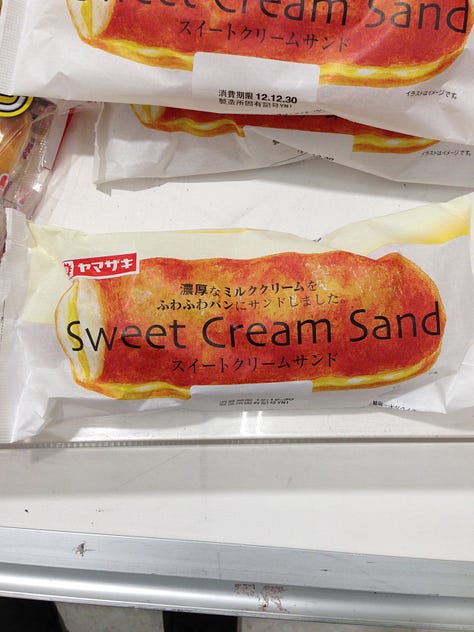
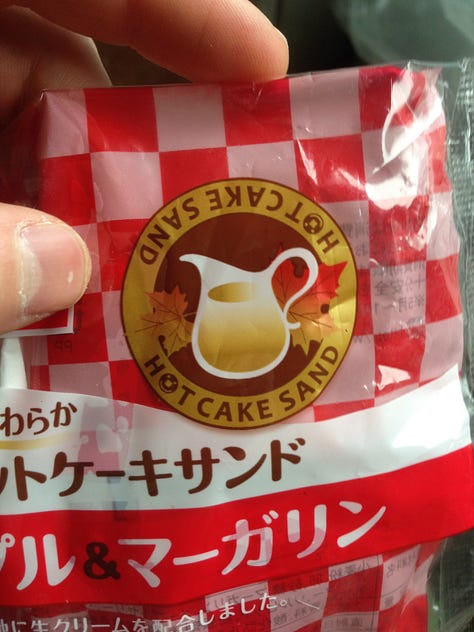
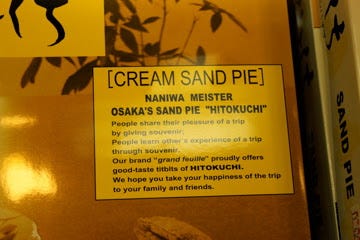
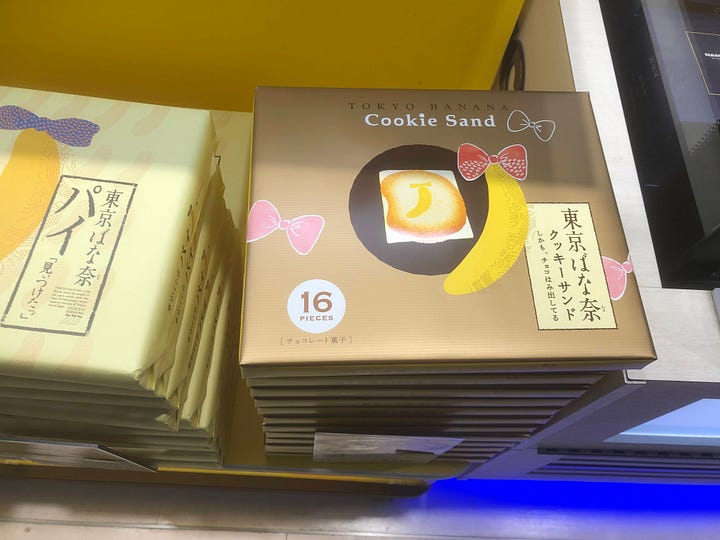
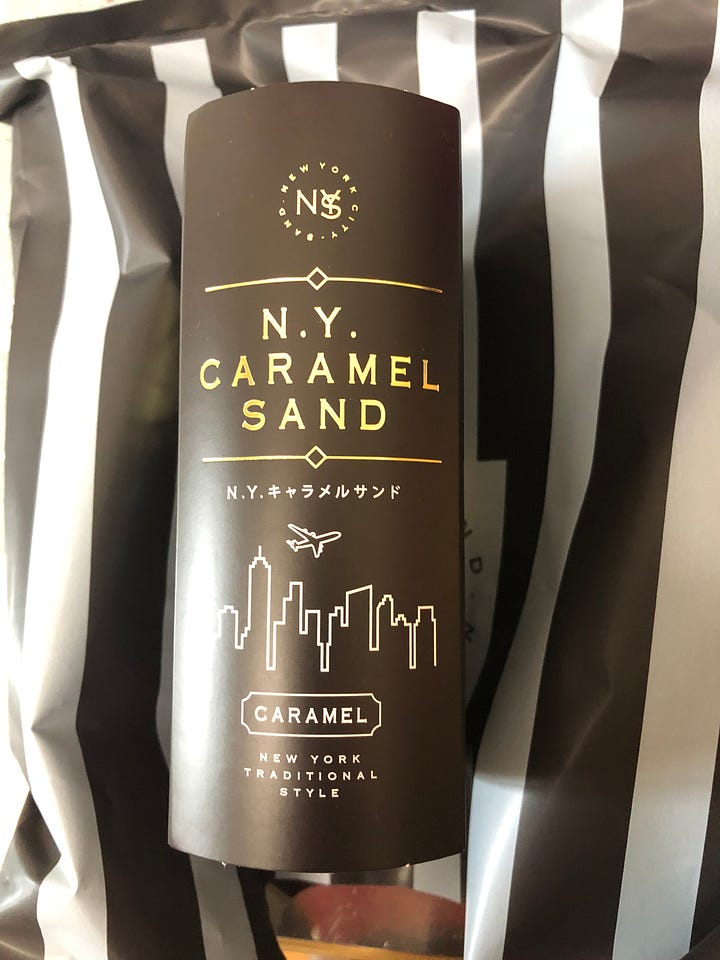
And Tuesday’s word?
Mild.
Or rather,
‘Mairudo’.
I’m a man who loves his coffee. You could even say I’m an addict. When I wake up, coffee’s the first thing on my mind. When I’m up on the mountains? Besides missing my family, coffee’s still what I think about most.
Thanks,
caffeine withdrawal.
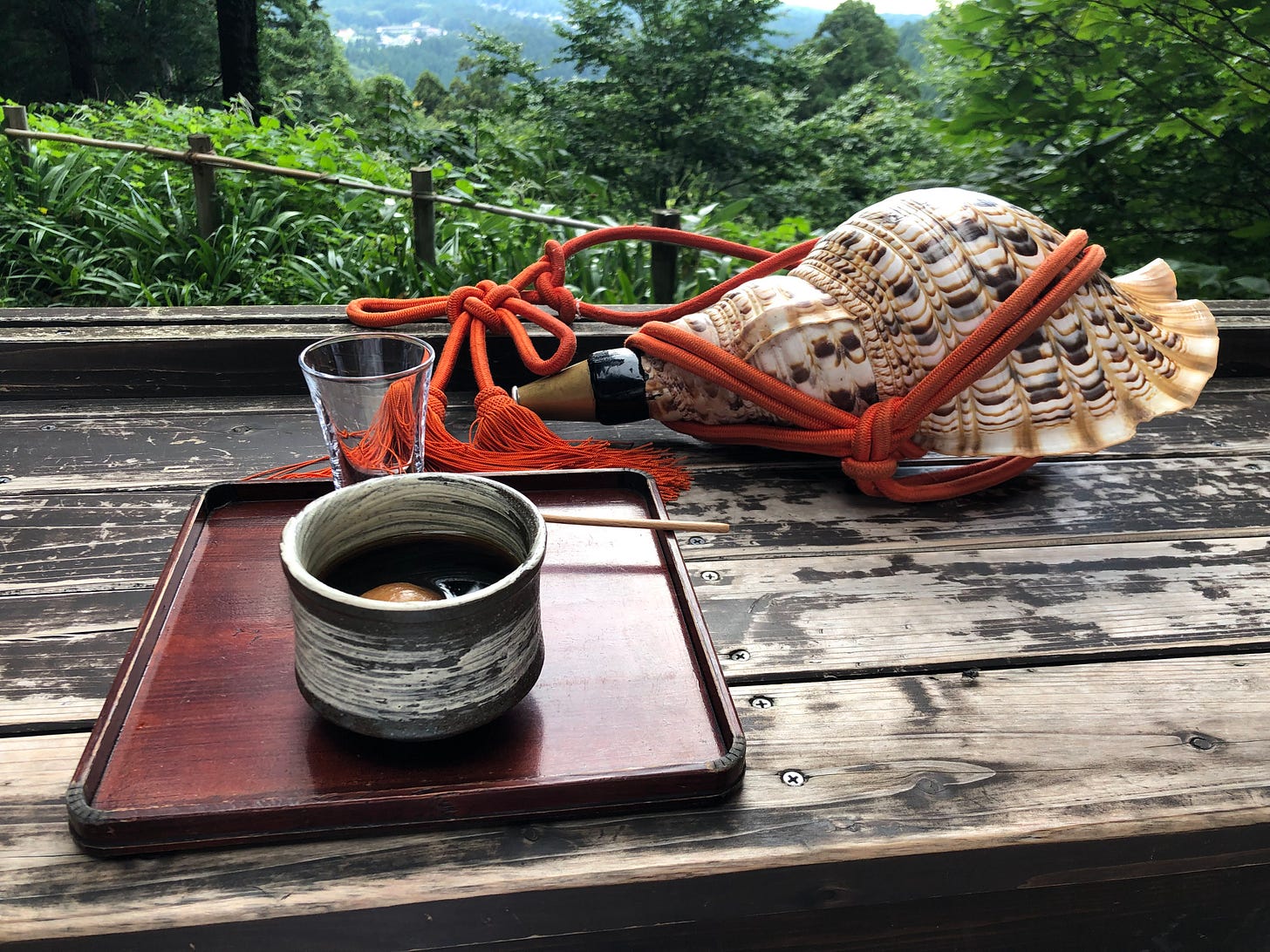
Besides being a coffee addict, I’m also a coffee snob. Which basically means I cannot and will not drink the cheap stuff.
But here’s the problem with rural Japanese cafes, besides the chain stores at least (yuck!), before 10am, and more often than you’d expect sometimes even 12pm (that’s right, the afternoon!), most cafés aren’t open.
It’s so bad that by the time they’re open, I could have finished a full yamabushi training session including reciting that entire seven-and-a-half-minute long Shinto prayer!
And yes,
I’ve timed it.
In the morning, for coffee lovers, this leaves us with two choices:
1. Make the coffee yourself.
2. Writhe in agony.
Now, it’s true that Japan invented canned coffee, and it’s also true that canned coffee is available everywhere in the myriad vending machines. And it’s also also true that convenience store coffee machines are open 24/7.
However, drinking subpar coffee like that is, how do I put it lightly,
blasphemy.
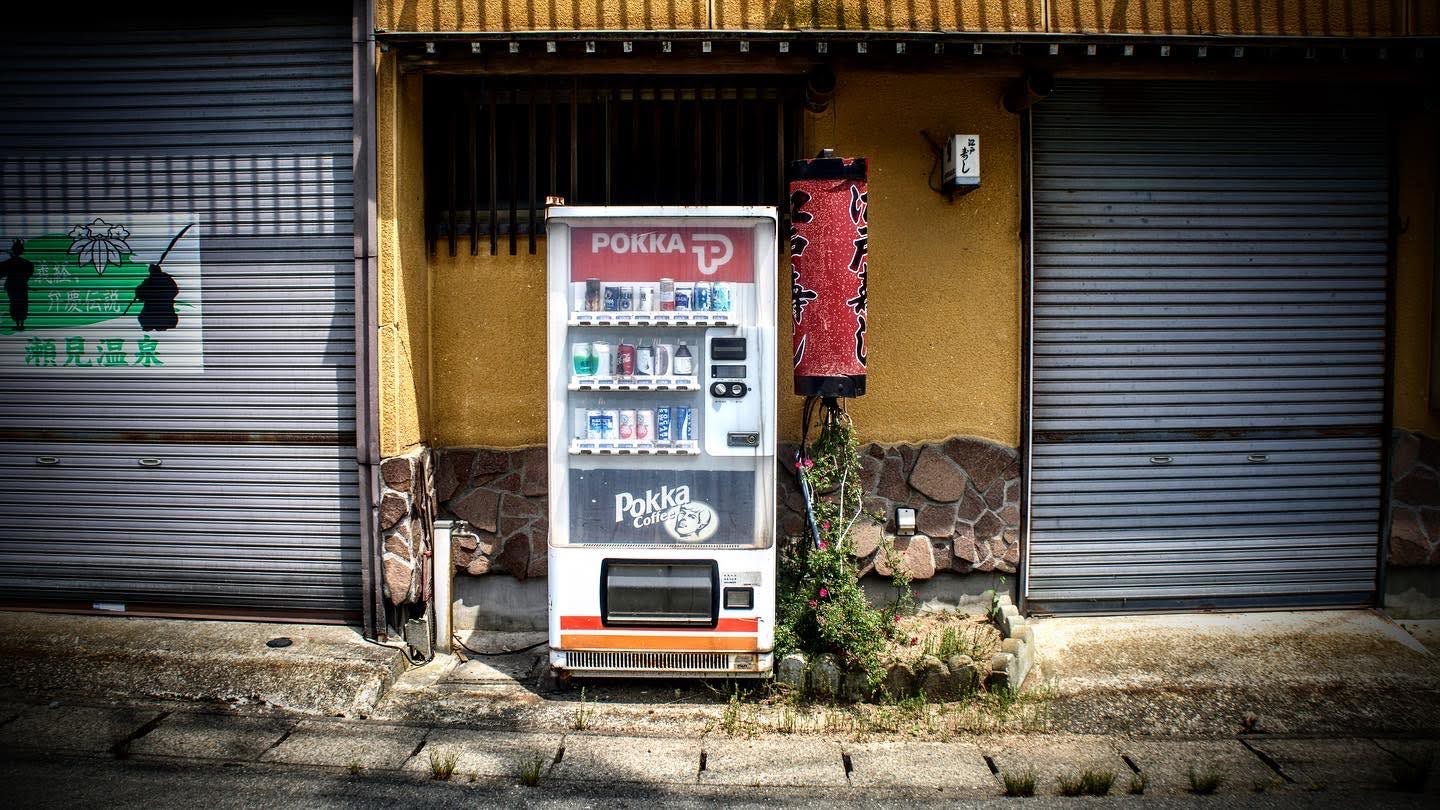
So I do what any reasonable yamabushi coffee addict snob would do. I keep my own stash. A bean canister in the couch, filters behind the toilet paper, espresso machine under the doormat.
You know,
the usual.
But on this dreaded Tuesday the unthinkable happened: I had run out.
Not a bean in sight.
It was a hell worse than anything yamabushi training’s thrown at me (and that’s saying something).
So I caved.
I went to the convenience store.
Not to the machine, mind you. Blasphemy and all that. No, I went straight to the fridges hoping I could find something reasonable, something with enough milk and sugar to mask the bad coffee.
Not too much milk, not too much sugar.
When it comes to coffee,
balance is everything.
And I was given two choices:
- Bitā (bitter) coffee. Nope, that exposes the bad beans too much.
Or,
- Mairudo (mild) milk coffee. Perfect! “Mild” means it will be black coffee with a smidge of milk, enough to hide the badness. Right?
Right!?
And then… betrayal.
One sip was all it took. My teeth ached, my tongue shrivelled, my lips curled… what was this abomination? This isn’t what “mild” coffee should taste like!
This was what could only be described as liquid cake.
Japanese people complain that American candy (what we call lollies in New Zealand) is too sweet to eat.
But have they tried “mild” milk coffee?
It turns out, in Japanese coffee-speak at least, “mild” and “bitter” are polar opposites.
Bitter is exactly that, bitter.
“Mild” though?
Japanese “Mild” coffee isn’t about a subdued taste, it’s about non-bitterness,
or, what we would probably call:
heavily sweetened.
Balanced, of course. Balance is everything. If by balanced, of course, you mean balancing sugar,
with more sugar.
I can already hear the Conbini clerk saying ‘Would you like coffee with your sugar?’.
Because that’s what it was like. That thing was so sweet it was the sort of American sweet that comes with a free dentist appointment.
Oh wait.
It’s not free.
This is AMERICA we’re talking about.
Now, this was by no means the first time gairaigo has betrayed me, and it most certainly will not be the last.
In Japan, English words on food labels don’t always mean what you think:
‘Soft’ -> the word for ‘soft serve ice cream’
‘Ice’ -> the word for normal ice cream (as previously mentioned)
‘Viking’ -> the word for ‘smorgasbord’ (because it’s a Scandinavian word?)
And then there’s ‘hoippu’. As I found out the hard way, ‘hoippu’ from the word ‘whip’ or ‘whipped’, even that with an image of whipped cream on the carton, is not whipped cream. It’s just normal cream. You have to do the whipping yourself. The Japanese aren’t that technologically advanced.
Yet, at least.
However, can I let you in on a little secret? My absolute personal favourite Japanese food term?
Otona no Aji.
“Adult” Flavour!
No, this is not some R18 ‘put whipped but-not-actually-whipped cream on my nipples Takeshi’ kind of thing. In Japan “adult” flavour is not R18. It’s code for bitter. Like, actually bitter. Think high-cocoa chocolate or unsweetened matcha. The idea being kids prefer sweet things, and adults bitterness. I guess?
Who really knows?
This is JAPAN we’re talking about.
The lesson? If you’re in Japan and see an English word on a label, taste with caution.
I’ve lived in Japan for 15 years.
I can purify you before entering the mountains, hike said mountains in full yamabushi gear, and still have enough energy to recite a seven-and-a-half-minute shinto prayer word for word.
But nothing, nothing, could prepare me for this lesson in Japanese “mildness” or “adultery”.
Shoutout
Shoutout to
, the real Conbini MVPS.In case you missed it
First, I need to apologise. Some people didn’t like me emailing my new videos out on Tuesdays, and they have sadly left us. So, I’ve decided not to send out these emails to free subscribers. If you want notifications every time I post a new video (1pm JST every Tuesday), subscribe on YouTube and hit the bell, it’d really mean a lot!
In saying that, my latest video is this one about why Shinto yamabushi wear a Futodasuki, and is based on this article.
Paid subscribers already have access to the next video “I Got on Japan’s Official YouTube”.
Want to watch it now?
Daily Yamabushi for The Week
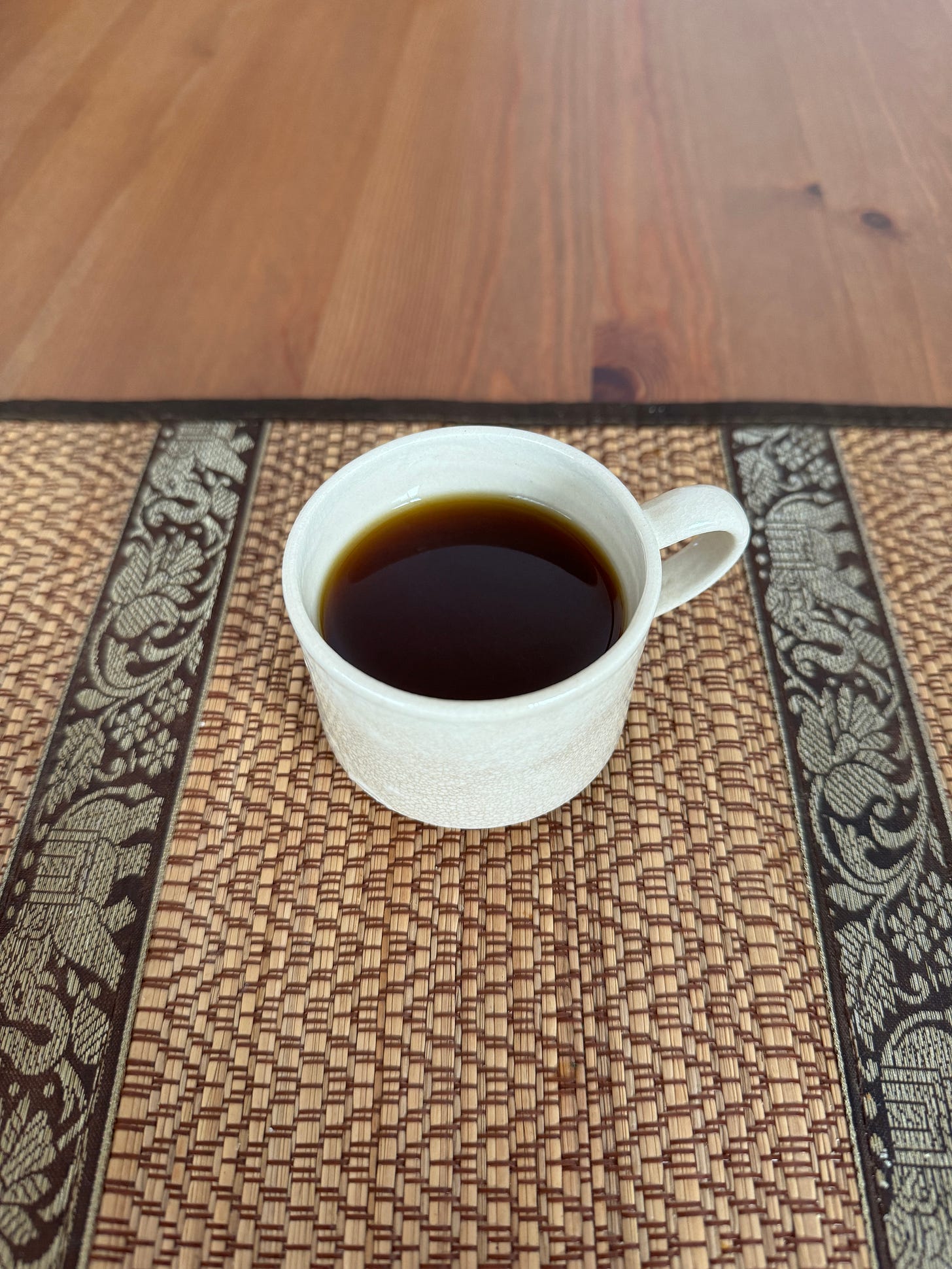
Daily Yamabushi posts for the week of August 8 to 14, 2025.
Read Daily Yamabushi at timbunting.com/blog. Everything I make is free of charge if you know where to find it. Most popular articles here.

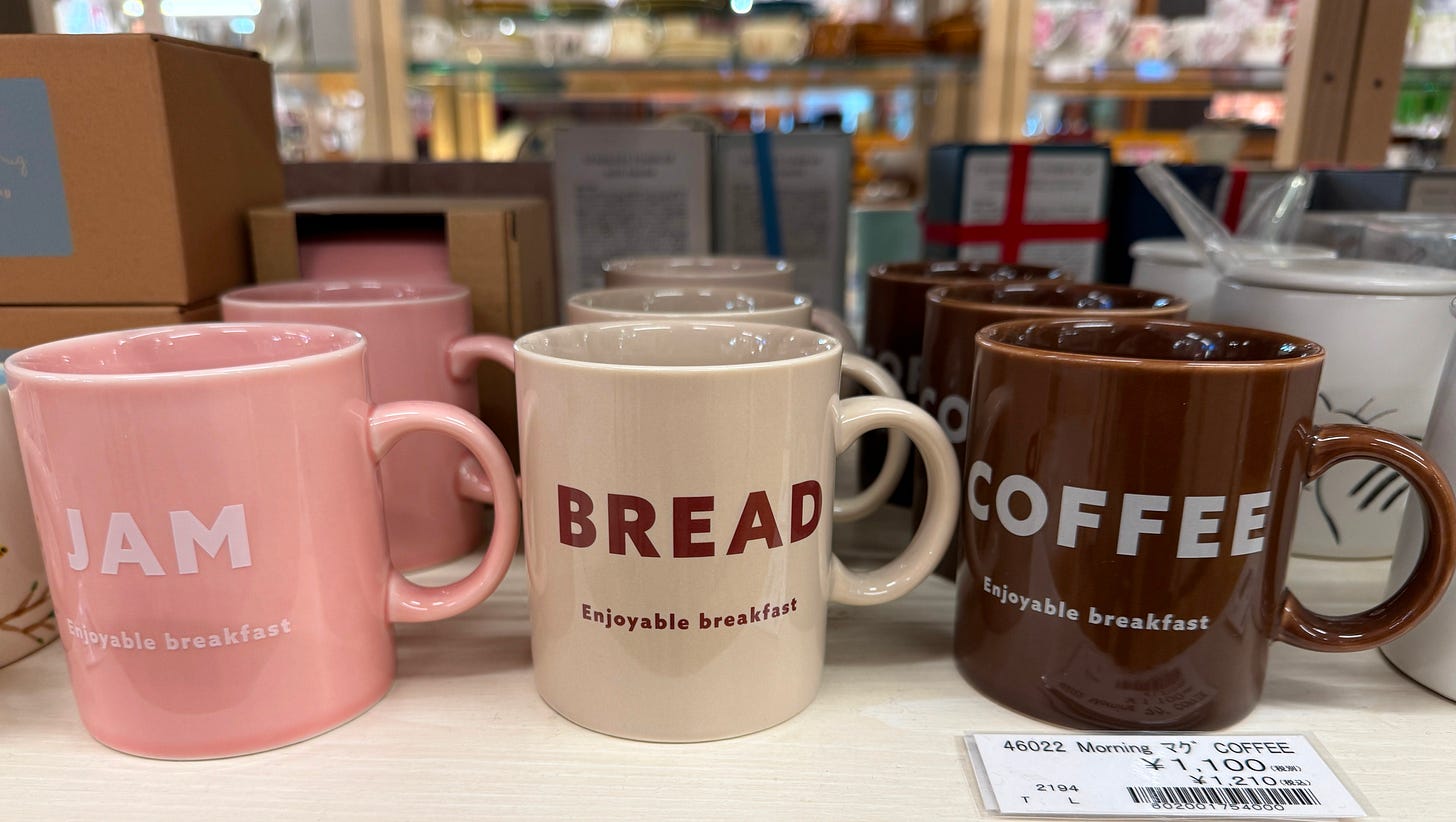
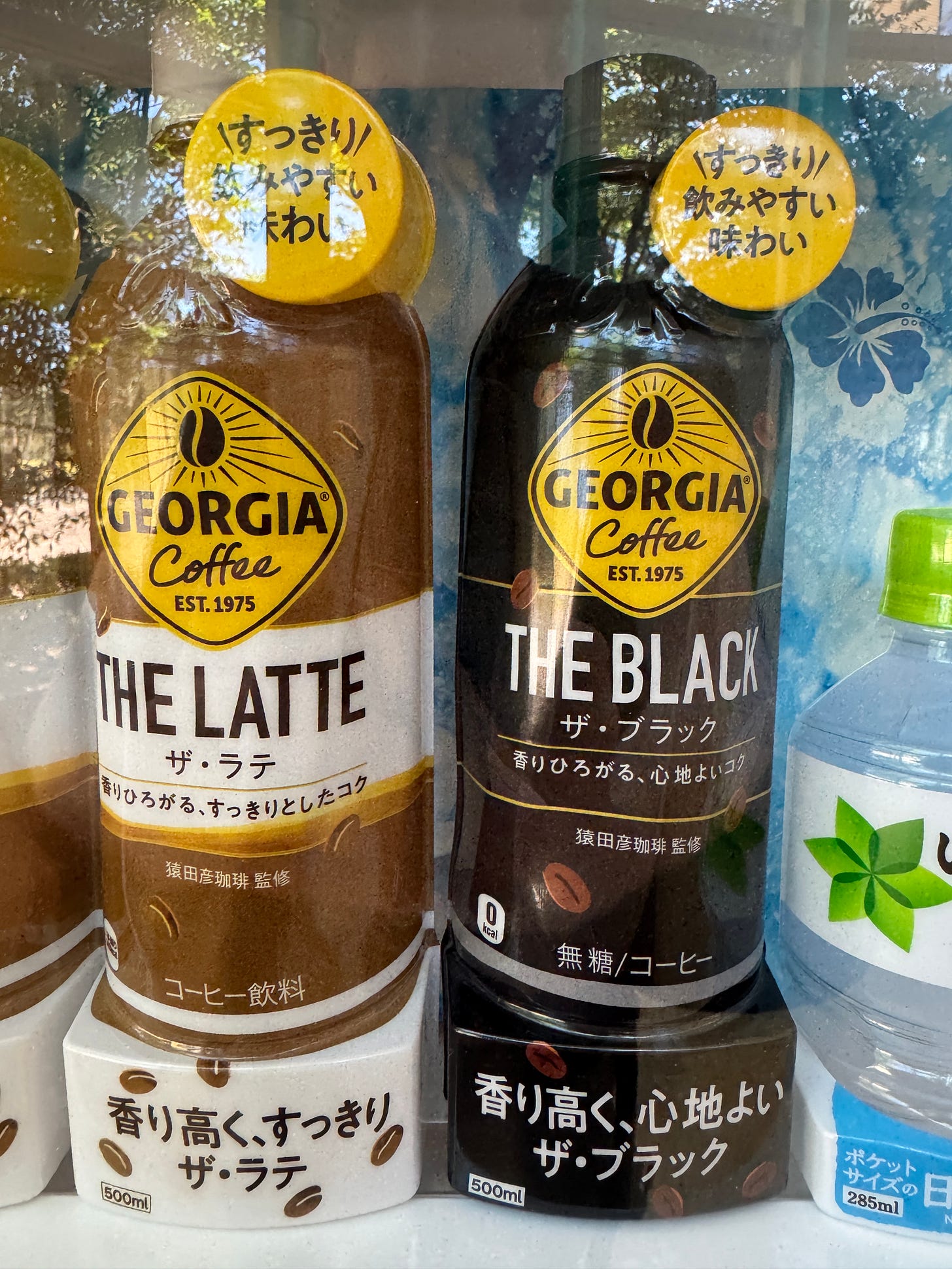
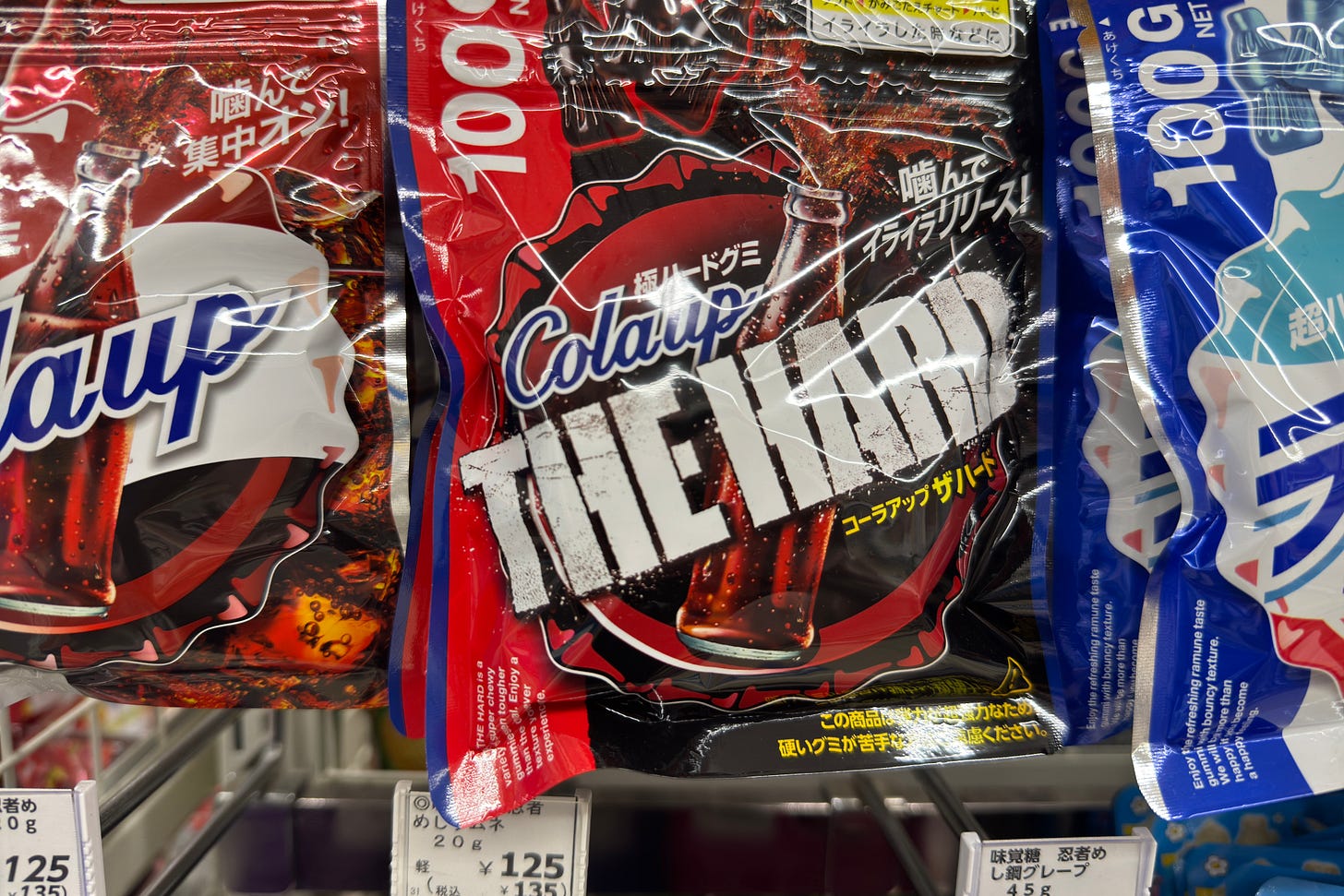

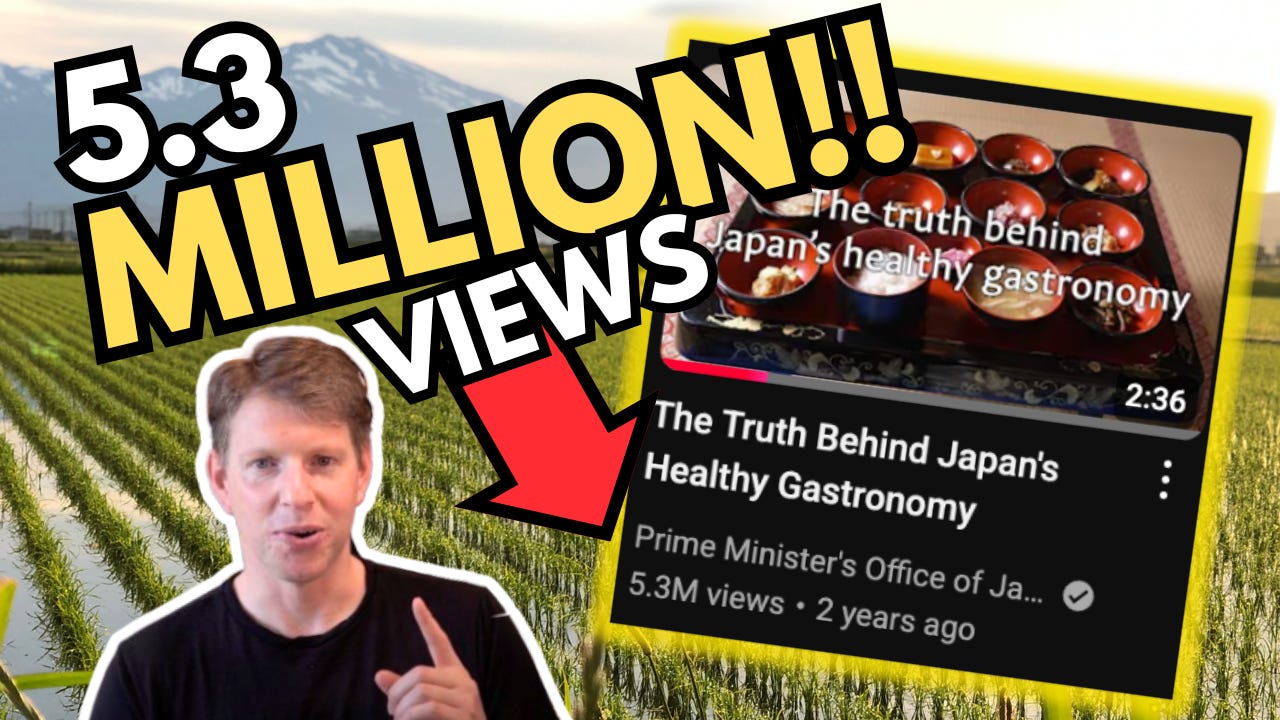
That was such a hilarious post — it really made me laugh! And I totally agree with you. As for sweet canned coffee, I’m like, “How can anyone drink that stuff?!” But my mother-in-law used to say, “You have to serve sweet canned coffee to craftsmen and construction workers — giving them sugar-free would be rude.” I guess the older generation seemed to believe that the sweeter it was, the more luxurious it felt, and the more it could help relieve fatigue.
The dreaded "out of coffee" error is indeed a problem, even for those of us who are less snobbish and thus quite willing to drink the Lawson or Famima brew.
How do some of the more interesting one cup drip filter coffee bag things work for you? They are our emergency coffee for those mornings when we discover there was a failure to communicate and the good stuff failed to be ordered in time